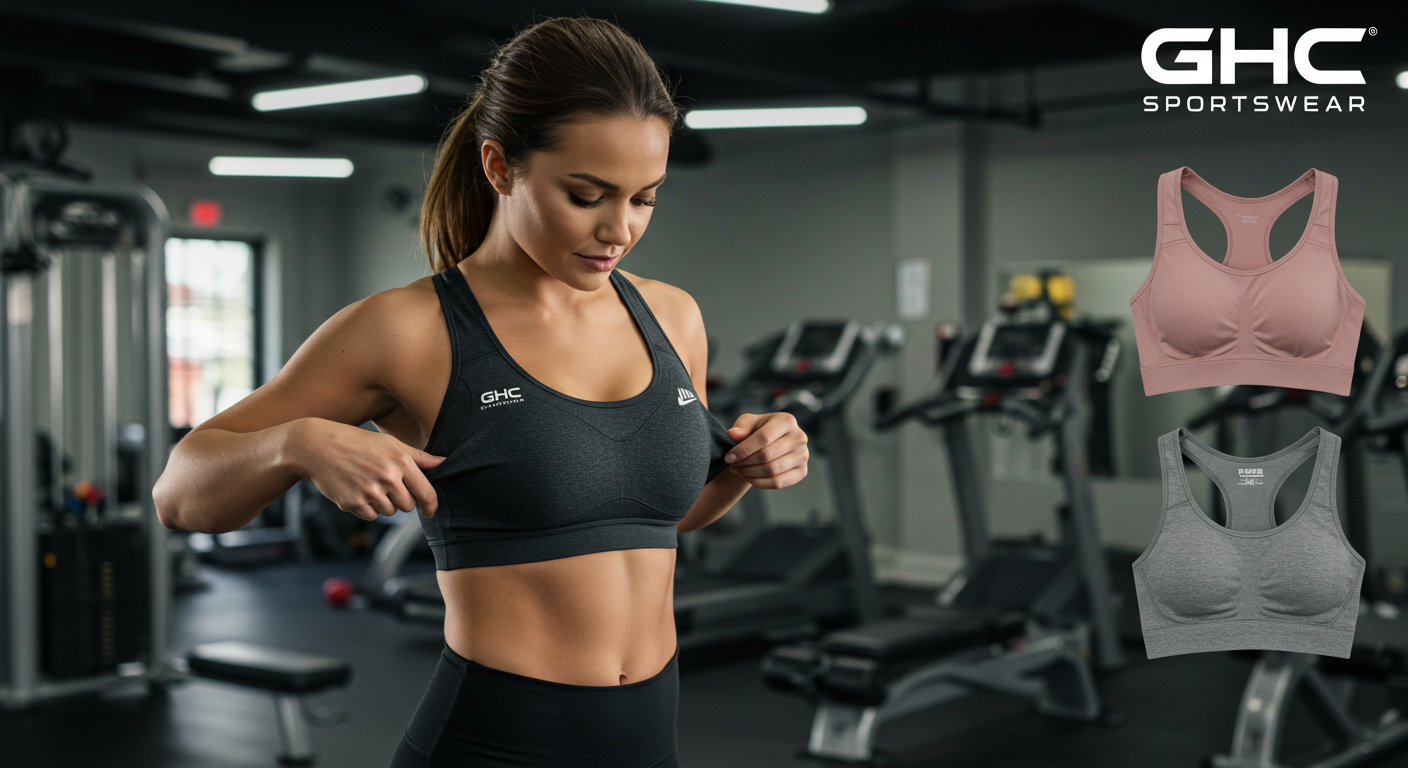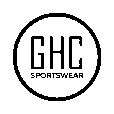
Choosing the right sports bra is crucial for comfort and performance, yet many women are misled by common sports bra myths. Whether it’s believing that tighter equals better support or thinking that one style fits all, these misconceptions can lead to discomfort and even injury. In this article, we’ll debunk these myths and provide you with essential facts to ensure you get the best support during your workouts.
Myth 1: Tighter Sports Bras Provide Better Support
One of the most widespread myths is that a tighter sports bra offers better support. While it might seem logical, a bra that’s too tight can actually restrict movement and breathing, leading to discomfort and decreased performance. The key to finding the right sports bra is ensuring it fits snugly without digging into your skin. Look for a band that stays in place when you move and straps that don’t dig into your shoulders.
Myth 2: All Sports Bras Are the Same
Many believe that all sports bras are created equal, but this couldn’t be further from the truth. Sports bras come in various styles, each designed for different levels of impact and activities. Compression bras are ideal for low-impact activities like yoga, while encapsulation bras provide better support for high-impact sports like running. Understanding the differences will help you choose a sports bra that suits your activity level.
Myth 3: You Don’t Need a Sports Bra for Low-Impact Activities
Some women think that a sports bra isn’t necessary for low-impact activities such as walking or stretching. However, even low-impact activities can cause breast movement, leading to discomfort over time. Wearing a well-fitted sports bra during any physical activity helps prevent sagging and maintains comfort, regardless of the impact level.
Myth 4: Sports Bras Don’t Need to Be Replaced Often
Another common myth is that sports bras last as long as regular bras. However, sports bras experience more wear and tear due to the physical activity they endure. It’s recommended to replace your sports bras every 6-12 months, depending on how often you wear them and how well they’re maintained. Signs that your sports bra needs replacing include stretched-out bands, faded fabric, and reduced support.
Myth 5: Larger Breasts Don’t Get Enough Support from Sports Bras
Some believe that sports bras don’t offer sufficient support for women with larger breasts. While this can be true if you’re wearing the wrong type or size, many sports bras are specifically designed to provide excellent support for larger cup sizes. Look for sports bras with wide straps, full coverage, and an underwire to ensure maximum support during high-impact activities.
Myth 6: A Sports Bra Should Flatten Your Chest
The idea that a sports bra should flatten your chest for better support is another myth. While some compression bras do reduce movement by pressing the breasts against the chest wall, they should not be so tight that they flatten your chest uncomfortably. The right sports bra should support your breasts while maintaining their natural shape, providing both comfort and protection.
Myth 7: You Can Wear Your Regular Bra as a Sports Bra
Some women think that wearing a regular bra during exercise is just as effective as a sports bra. However, regular bras are not designed to handle the strain of physical activity and often lack the necessary support. Sports bras are engineered with stronger materials and specific designs to minimize breast movement, making them essential for any workout.
How to Choose the Right Sports Bra
Choosing the right sports bra is key to staying comfortable and supported during your workouts. Here are some tips to help you find the perfect fit:
1. Measure Your Size Regularly
Your bra size can change over time due to weight fluctuations, hormonal changes, or muscle gain. It’s important to measure your size regularly and ensure your sports bras fit correctly.
2. Consider Your Activity Level
Different activities require different levels of support. For high-impact sports like running or HIIT, opt for a high-support sports bra with encapsulation. For lower-impact activities, a compression bra may be sufficient.
3. Check the Fit
A well-fitting sports bra should feel snug but not tight. The band should stay in place when you move, and the straps should not dig into your shoulders. Make sure there’s no spillage over the top or sides of the bra.
4. Test It Out
Before purchasing, try moving around in the sports bra to see how it feels. Jump, stretch, and move your arms to ensure the bra provides adequate support and stays in place.
Make It Your Own: Custom Sports Bras
If you’re struggling to find a sports bra that meets all your needs, consider customizing one. At GHC Sportswear, you can design a sports bra that perfectly fits your body and activity level. Whether you need extra support, specific materials, or a unique design, custom sports bras ensure you get the best possible comfort and performance.
Conclusion: Get the Support You Deserve
By debunking these sports bra myths, we hope you feel more confident in choosing the right sports bra for your needs. Remember, a well-fitted sports bra is essential for comfort, support, and overall performance during any physical activity. Don’t let myths hold you back from finding the perfect fit!
